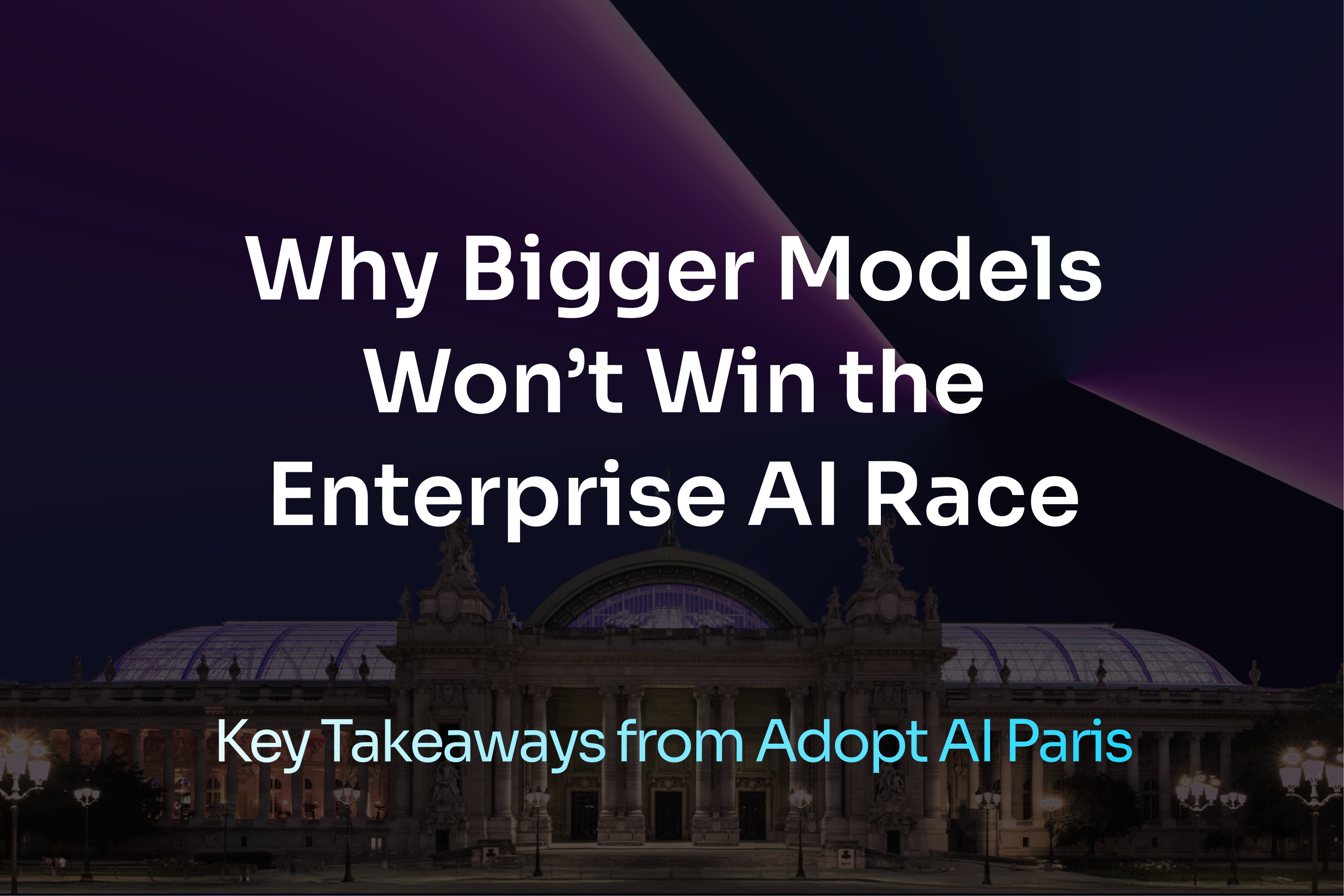TL;DR
Brace yourselves as we journey through the bustling world of Artificial Intelligence and uncover the magic behind one of its key components - the GPU.
Once upon a time, in a digital world not so far away, computer games needed something more than just a standard CPU (Central Processing Unit) to render their intricate graphics and real-time simulations. Enter the GPU (Graphics Processing Unit). Initially designed for rendering high-quality graphics, GPUs have now stepped into the limelight, proving to be invaluable for Artificial Intelligence (AI) applications, especially when it comes to those intriguing Large Language Models (LLMs).
But, first things first. What’s a GPU?
Imagine you're at a massive concert with thousands of fans. Instead of one superstar (which is like a CPU) performing all the songs, you've got an orchestra with hundreds of musicians (akin to a GPU), each playing their part in unison. This 'many hands make light work' approach is the secret sauce behind GPUs. They're designed to handle thousands of tasks simultaneously, making them particularly well-suited for tasks that can be done in parallel.
Why is this important for AI and LLMs?
Parallel Processing: AI algorithms, especially neural networks, often involve numerous computations that can be processed concurrently. Think of each neuron in a neural network as a musician in our concert. They can all be "activated" or "processed" at the same time.
Handling Big Data: Modern AI thrives on data. Large datasets can be broken down and processed simultaneously, speeding up training times considerably.
Boosting Large Language Models: LLMs contain billions of parameters. Training these models requires massive computational power. With GPUs, the training process becomes feasible and relatively faster.
The GPU Evolution and AI – A Love Story
Initially, GPUs were just about rendering games, but then researchers began to notice their potential for scientific computations. NVIDIA, a leading name in the world of GPUs, launched CUDA in 2007 – a parallel computing platform that allowed developers to use GPUs for general-purpose processing.
The AI community, ever eager for more computational power, embraced GPUs with open arms. Their unique architecture meant algorithms could be run faster and more efficiently, enabling the growth and sophistication of models we see today.
Real-life Applications - Beyond Just Games and Fancy Models
Thanks to GPUs, we're witnessing AI breakthroughs across numerous sectors:
Healthcare: From early cancer detection to drug discovery, deep learning models powered by GPUs are paving the way for medical revolutions.
Finance: Advanced algorithms can now analyze market trends and predict stock market movements with increased accuracy.
Entertainment: Streaming platforms use AI for content recommendations, ensuring you always find a show matching your mood.
To Infinity and Beyond!
While we're already achieving great things with the current GPU technology, the future promises even more. As we advance, we'll witness even larger and more complex AI models coming to life. So, whether you're an AI enthusiast, a gamer, or just someone intrigued by the pace of technological innovation, the GPU is one unsung hero worth celebrating.
In the mesmerizing dance of bits and bytes, GPUs have emerged not just as backup dancers, but as stars in their own right. Their importance in AI is undeniable, ensuring that the future remains not just automated, but also smart.
.svg)
%20(1).avif)



.avif)
.avif)